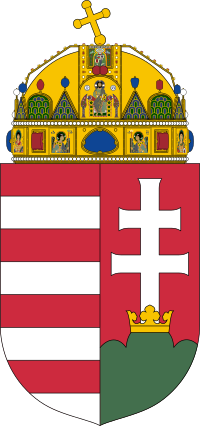Text from The Saint Andrew Daily Missal,
unless otherwise stated.
Saint Laurence Justinian.
Bishop and Confessor.
Feast Day 5 September.
Semi-Double.
White Vestments.
San Lorenzo Giustiniani adoring The Baby Jesus.
Private Neapolitan collection.
Artist: Luca Giordano (1632–1705).
Date: 17th-Century.
Source: http://santiebeati.it
Author: Luca Giordano (1632–1705).
(Wikimedia Commons)
Looking at a Crucifix, he exclaimed: "It is Thou, O Lord, Who art my hope, and in Thee is consolation and strength." He then entered among The Canons of Saint George of Alga.
All his life, he practised the greatest austerity and it was chiefly in assiduous Prayer that he was inflamed with ardent love for God and devotion to his neighbour. He was called by Pope Eugenius IV to share in the full power of Christ's Priesthood: He was made Patriarch of Grado, but, Transferring the See to Venice, in 1451, he became the first Patriarch of this City.
He died in 1455, saying: "I am going to Thee, O Good Jesus."
Mass: Státuit.
Saint Lorenzo Giustiniani.
Artist: Gentile Bellini (1429–1507).
Date: 1465.
Current location: Accademia of Venice, Italy.
This File: 15 July 2007.
User: user:Manuel Anastácio.
(Wikimedia Commons)
The following Text is from Wikipedia - the free encyclopaedia.
Lawrence Giustiniani, C.R.S.A. (Italian: Lorenzo Giustiniani, 1 July 1381 – 8 January 1456), is Venerated as a Saint by The Catholic Church. He was a Canon Regular, who was appointed as a Bishop and became the first Patriarch of Venice.
He was a member of the well-known Giustiniani family, which includes several Saints. The piety of his mother seems to have served as an inspiration for his own Spirituality, as he chose of a life of Prayer and Service. In 1404, after he had been Ordained a Deacon, at the suggestion of an uncle who was a Priest, he joined a Community of Secular Canons following a Monastic form of life on the Island of San Giorgio in Alga. He was admired by his fellows for his poverty, mortification, and fervency of Prayer. Two years after his Ordination to The Catholic Priesthood, in 1407, the Community accepted The Rule of Saint Augustine. He was chosen to be the first Prior of the Community.
Giustiniani promoted the Constitutions which he had established for the Canons of Saint George, which was embraced by other Communities of Canons in the region, and, shortly thereafter, he became the Prior General of a Congregation. He was so zealous in spreading it that he was looked upon as if he were the actual Founder of The Order.
In 1433, Pope Eugene IV, one of the Founders of the Monastery of San Giorgio, named Giustiniani as the Bishop of Castello. He found a Diocese in shambles, and his Administration was marked by considerable growth and reform. In 1451, Pope Nicholas V united the Diocese of Castello with the Patriarchate of Grado, and the Seat of the Patriarchate was moved to Venice, making Giustiniani the first Patriarch of Venice, a Post that he held for over four years.
It was during Giustiniani's rule that Constantinople fell to Muslim forces. Due to their Centuries of close trading partnerships with the Byzantine Empire, the people of Venice were in panic as to their future. He took a leading role in helping the Republic of Venice to deal with the crisis, working with the Senate to help chart its future, as well as with the Clergy and people to calm them.
He died on 8 January 8 1456, and was Canonised by Pope Alexander VIII (1689–1691). His works, consisting of Sermons, Letters and ascetic Treatises, have been frequently reprinted.
Pope Innocent XII (1691–1700) inserted his Feast Day in The General Roman Calendar for Celebration on 5 September, the Anniversary of his elevation to the Episcopate.
THE SAINT ANDREW DAILY MISSAL
Available (in U.K.) from
Available (in U.S.A.) from




































